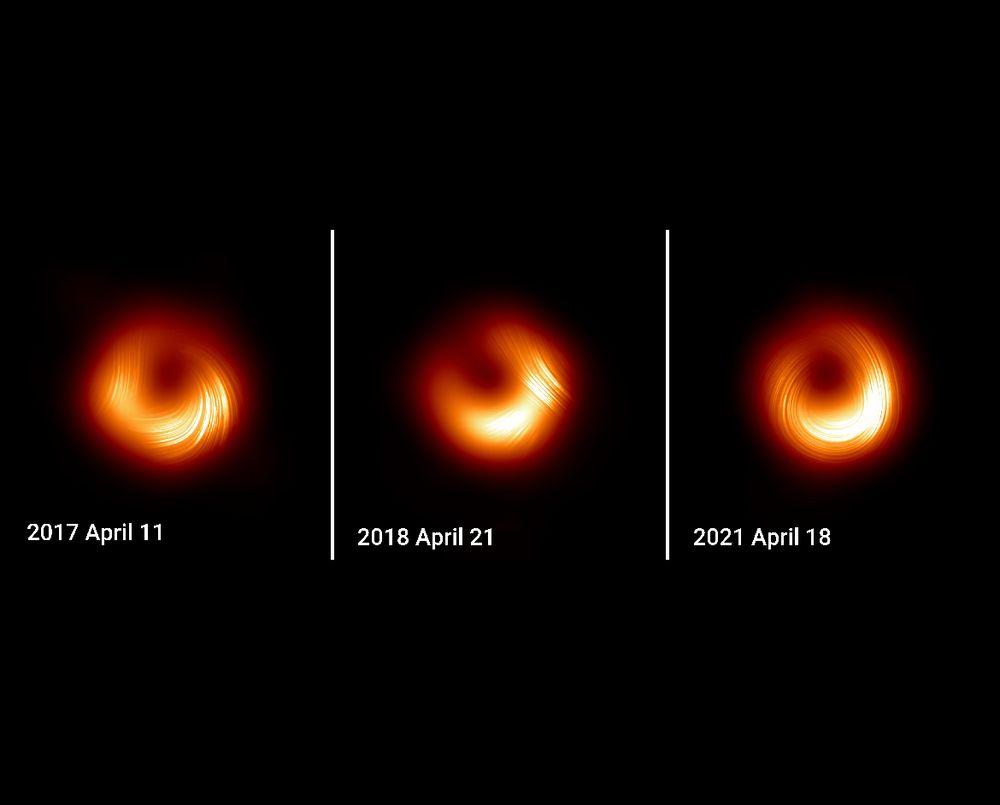
Skylar Grayson
@skylargrayson.bsky.social
Astrophysics PhD Candidate ✨ studies black holes and galaxy evolution 🌌Science Communicator (find me other places at “Space According to Skylar”)
So I’m out here, explaining why there really is no evidence that the moon landing was faked (4/4)
November 1, 2025 at 8:59 PM
So I’m out here, explaining why there really is no evidence that the moon landing was faked (4/4)
That’s why I make videos like this. For those who get one side of a story that can sound very convincing. They don’t have the background, they probably have never seen these talking points before. In moments like this, it feels like much less of a waste of time. (3/4)
November 1, 2025 at 8:59 PM
That’s why I make videos like this. For those who get one side of a story that can sound very convincing. They don’t have the background, they probably have never seen these talking points before. In moments like this, it feels like much less of a waste of time. (3/4)
But when it becomes part of the mainstream discourse, especially from a high profile person, I think there’s a lot of opportunity for very reasonable people to get swayed by the “evidence”. (2/4)
November 1, 2025 at 8:59 PM
But when it becomes part of the mainstream discourse, especially from a high profile person, I think there’s a lot of opportunity for very reasonable people to get swayed by the “evidence”. (2/4)
Hoping to sprinkle in some sci comm here and there but there is so much going on I’m going to be a bit less active online than normal 😅
September 30, 2025 at 6:43 PM
Hoping to sprinkle in some sci comm here and there but there is so much going on I’m going to be a bit less active online than normal 😅
This sort of thing is actually what I study-how supermassive black holes shape their host galaxies and the environment beyond! It’s very exciting to get results like this that start to peer into the mysterious hearts of galaxies, even if all they’re finding is more mystery ☺️
(6/6)
(6/6)
September 17, 2025 at 12:08 AM
This sort of thing is actually what I study-how supermassive black holes shape their host galaxies and the environment beyond! It’s very exciting to get results like this that start to peer into the mysterious hearts of galaxies, even if all they’re finding is more mystery ☺️
(6/6)
(6/6)
But we want to understand, because we think the magnetic field is key to driving this weird thing in M87: a jet of plasma barreling through the galaxy at almost the speed of light. We see jets like this in other galaxies, and think they play a big role in how they evolve. (5/n)
📸: NASA, STSci, AURA
📸: NASA, STSci, AURA

September 17, 2025 at 12:08 AM
But we want to understand, because we think the magnetic field is key to driving this weird thing in M87: a jet of plasma barreling through the galaxy at almost the speed of light. We see jets like this in other galaxies, and think they play a big role in how they evolve. (5/n)
📸: NASA, STSci, AURA
📸: NASA, STSci, AURA
Here you can see the polarization fields observed in 2017, 2018, and 2021. Notice anything? They changed! They actually fully flipped! Which is…not expected. This points to just how complex and dynamic the accretion disk is, and how little we understand. (4/n)
📸: EHT Collab.
📸: EHT Collab.

September 17, 2025 at 12:08 AM
Here you can see the polarization fields observed in 2017, 2018, and 2021. Notice anything? They changed! They actually fully flipped! Which is…not expected. This points to just how complex and dynamic the accretion disk is, and how little we understand. (4/n)
📸: EHT Collab.
📸: EHT Collab.
This image shows those polarization patterns overlaid with the lines, and really what this is telling us about is the magnetic field structure in the disk. But we’ve actually looked at this black hole more than once, and what we found…(3/n)
📸: EHT Collab.
📸: EHT Collab.

September 17, 2025 at 12:08 AM
This image shows those polarization patterns overlaid with the lines, and really what this is telling us about is the magnetic field structure in the disk. But we’ve actually looked at this black hole more than once, and what we found…(3/n)
📸: EHT Collab.
📸: EHT Collab.
This black hole is over six billion times the mass of the sun, and its size and relative proximity (50 million light years) makes it a very interesting target to study. One thing we’ve looked at is the polarization of the light we’re seeing-basically what direction are the waves oscillating. (2/n)
September 17, 2025 at 12:08 AM
This black hole is over six billion times the mass of the sun, and its size and relative proximity (50 million light years) makes it a very interesting target to study. One thing we’ve looked at is the polarization of the light we’re seeing-basically what direction are the waves oscillating. (2/n)

